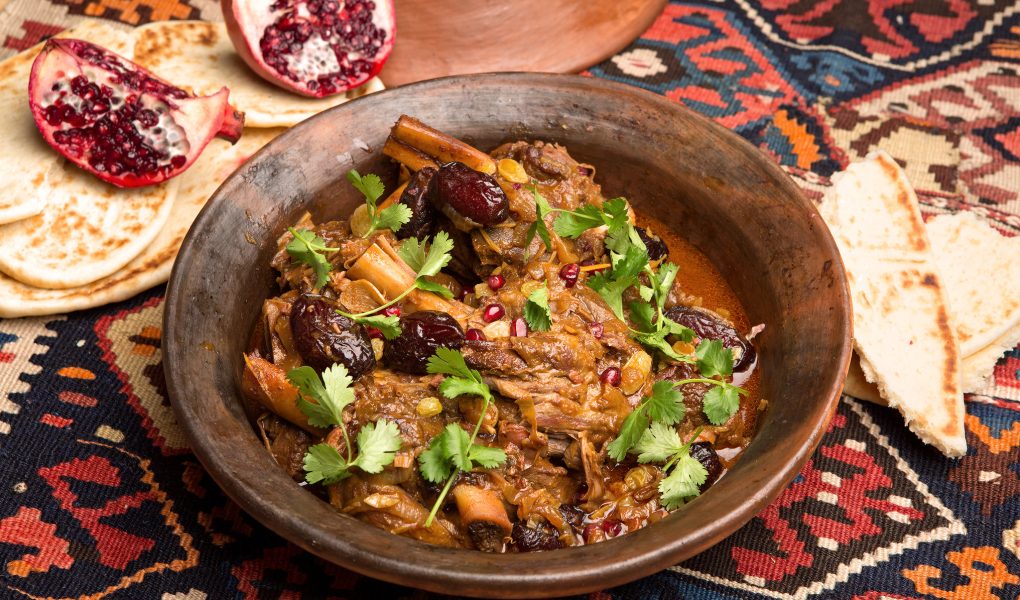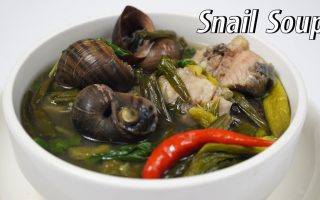kimzolciakwedding.com – Nestled in the heart of North Africa, Morocco is a country rich in culture, history, and culinary traditions. Among its many gastronomic treasures, the tagine stands out as a symbol of Moroccan cuisine, embodying the essence of slow-cooked delicacy. This article delves into the world of tagine, exploring its origins, the art of its preparation, and the flavors that make it a cherished dish across the globe.
The Origins of Tagine
The tagine, both a dish and a cooking vessel, has its roots deeply embedded in Moroccan culture. The conical-shaped earthenware pot, known as a tagine, is believed to have originated in the Northern African Berber communities. Its unique design, with a shallow base and a domed lid, is perfectly suited to the slow-cooking method that characterizes Moroccan cuisine. This traditional cooking method allows for the flavors of the ingredients to meld together, creating a rich and aromatic dish.
The Art of Preparation
The preparation of a tagine is an art form that requires patience and skill. The process begins with the selection of the finest ingredients, which often include a variety of meats, poultry, fish, or vegetables, depending on the recipe. These are then combined with a blend of spices that may include saffron, ginger, turmeric, cumin, coriander, and cinnamon, among others. The mixture is placed in the tagine pot, along with a liquid, such as water, broth, or tomato sauce, and slowly simmered over a low heat.
The slow-cooking process is key to the tagine’s success. It allows the flavors to develop and the meat to become tender, while the conical lid of the tagine pot captures condensation, which drips back down into the dish, keeping it moist and flavorful. The result is a dish that is both hearty and delicate, with a complexity of flavors that can only be achieved through this traditional method of cooking.
The Flavors of Tagine
Tagine dishes vary widely, each offering a unique combination of flavors and ingredients. Some of the most popular tagines include the lamb tagine with olives and preserved lemons, chicken tagine with lemon and olives, and the vegetarian tagine with a variety of vegetables and chickpeas. Each tagine is a testament to the rich culinary heritage of Morocco, showcasing the country’s love for bold spices, fresh ingredients, and the art of slow cooking.
Tagine: A Cultural Icon
Beyond its culinary significance, tagine is a cultural icon that represents the hospitality and generosity of the Moroccan people. It is a dish that is often shared among family and friends, symbolizing togetherness and celebration. The communal aspect of eating tagine reflects the importance of community and family in Moroccan society.
Conclusion
Tagine is more than just a dish; it is a symbol of Morocco’s rich culinary traditions and cultural heritage. Its slow-cooked delicacy, combined with a blend of aromatic spices and fresh ingredients, makes it a cherished meal that brings people together. Whether enjoyed in a traditional Moroccan setting or adapted to modern kitchens around the world, tagine remains a testament to the art of slow cooking and the flavors that define Moroccan cuisine.



